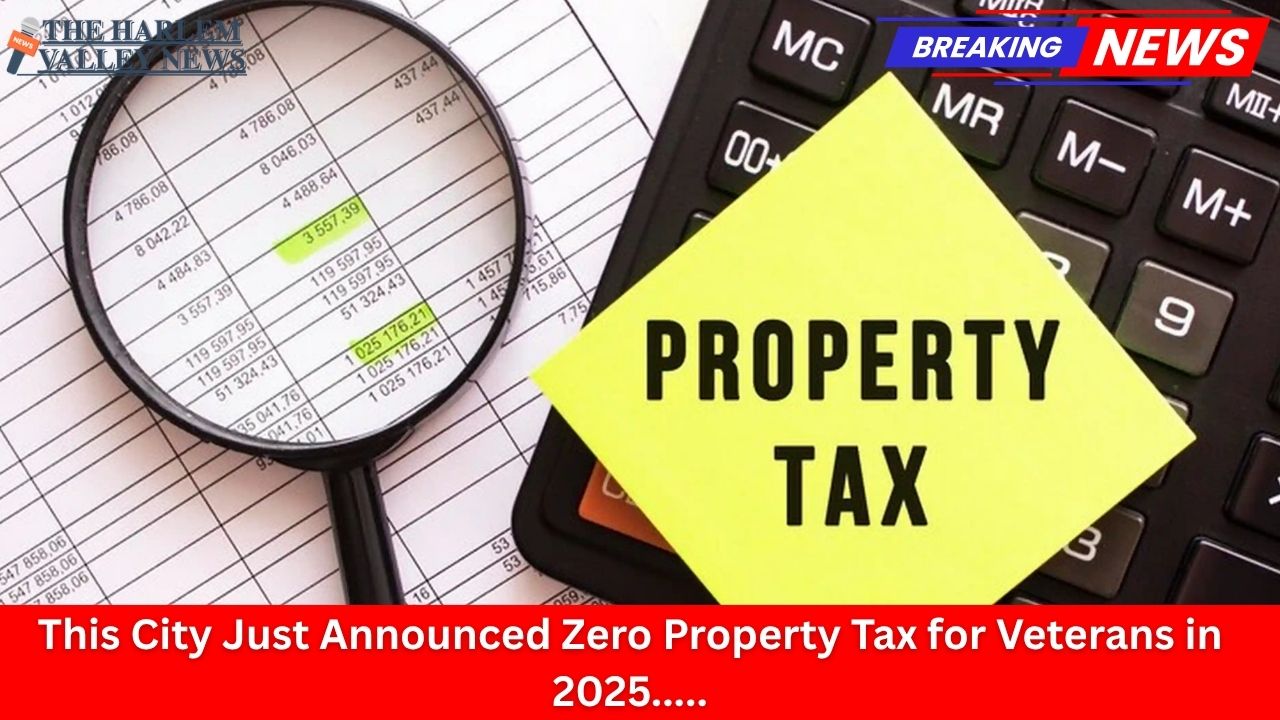Texas offers various opportunities to ease the financial burden on senior citizens through tax relief programs. These programs are designed to help qualified seniors reduce their property tax payments, thereby making homeownership more affordable and sustainable. Understanding how to apply for senior tax relief in Texas can empower elderly residents to take advantage of these benefits. This article provides a clear and detailed guide on the application process for senior tax relief in Texas, targeting seniors and their families across the United States.
Understanding Senior Tax Relief in Texas
Senior tax relief in Texas primarily comes in the form of property tax exemptions and freezes provided to qualifying homeowners aged 65 and older. These benefits reduce the taxable value of your home or lock that value in so that tax increases are limited. The goal is to protect seniors, who often live on fixed incomes, from rising property taxes as home values increase. Different types of exemptions are available depending on your circumstances, including exemptions for disabled seniors and surviving spouses.
Property tax relief varies by county and city within Texas, as local taxing jurisdictions administer the exemptions. However, the state sets guidelines on eligibility and overall process. Knowing these will help seniors navigate the application process with confidence.
Key Property Tax Relief Options for Seniors in Texas
| Type of Relief | Description | Benefit |
|---|---|---|
| Age 65 or Older Exemption | Basic exemption for homeowners aged 65+. | Lowers home’s taxable value by a set amount (varies locally). |
| Tax Ceiling (Freeze) | Freezes school district taxes at the amount paid the year you turn 65. | Limits school taxes from increasing beyond this amount. |
| Disabled Person Exemption | For seniors or disabled homeowners. | Additional exemption amount on taxable value. |
| Surviving Spouse Benefits | Applies to spouses of eligible veterans or seniors. | Maintains or grants property tax relief after spouse’s death. |
Eligibility Requirements
To qualify for senior tax relief in Texas, you generally need to meet the following:
-
Be 65 years of age or older by January 1 of the tax year.
-
Own and occupy the property as your principal residence.
-
Submit the required application and documentation by the local appraisal district’s deadline.
-
For certain relief types (e.g., freeze, disabled exemption), additional conditions may apply.
Step-by-Step Guide to Applying
-
Determine Your Eligibility
Before starting the application, confirm you meet the age and residency requirements. You must own and live in the property that you want the exemption on, and be age 65 or older as of January 1 of the tax year. -
Gather Necessary Documentation
Prepare documents to prove your age, residency, and ownership. Common documents accepted include:
-
Government-issued ID showing date of birth (driver’s license, passport).
-
Property deed or title proving ownership.
-
Utility bills or similar documents proving residency at the address.
-
Obtain the Application Form
Applications for senior tax relief are available from your local county appraisal district office. Most appraisal districts provide downloadable forms on their websites or allow in-person pickup. -
Complete the Application
Fill out the application carefully with accurate information. Include details about the property, your age, and any other required data. If applying for multiple relief categories (e.g., age exemption and tax ceiling), ensure the form covers all relevant requests. -
Submit the Application on Time
Applications usually must be submitted by April 30 of the tax year to qualify for that year’s tax relief, though some districts may have varying deadlines or allow late filings with penalties. Submit your application by mail, online, or in person as allowed by your appraisal district. -
Follow Up with the Appraisal District
After submitting, keep copies of your application and any correspondence. You may receive a confirmation or request for additional documentation. Respond promptly to any inquiries to avoid delays. -
Verify Your Tax Bill
Once approved, your tax bill should reflect the exemption or freeze in the next billing cycle. If you notice any discrepancies, contact your appraisal district for clarification.
Additional Tips for Texas Seniors
-
Renewal: Most tax relief exemptions for seniors continue automatically each year after the first approval, provided you remain eligible. However, it’s wise to check with your appraisal district annually.
-
Combine Benefits: Seniors may qualify for multiple exemptions simultaneously, such as disabled and age-related exemptions, maximizing tax savings.
-
Surviving Spouse: If you are a surviving spouse of a senior or disabled person who qualified, you may be able to continue their exemption if you meet state conditions.
-
Stay Informed: Tax laws and local rules occasionally change. Monitor communications from your appraisal district or local government to stay updated on your rights and responsibilities.
Conclusion
Applying for senior tax relief in Texas can substantially reduce your property tax burden, making it easier to maintain your home and manage expenses. The process is straightforward but requires careful attention to eligibility criteria, documentation, and deadlines. By following this step-by-step guide, seniors can confidently access these benefits and enjoy the financial relief intended to support Texas seniors. If you or a loved one qualify, consider initiating the application process early to ensure you don’t miss out on these important savings.













Leave a Reply